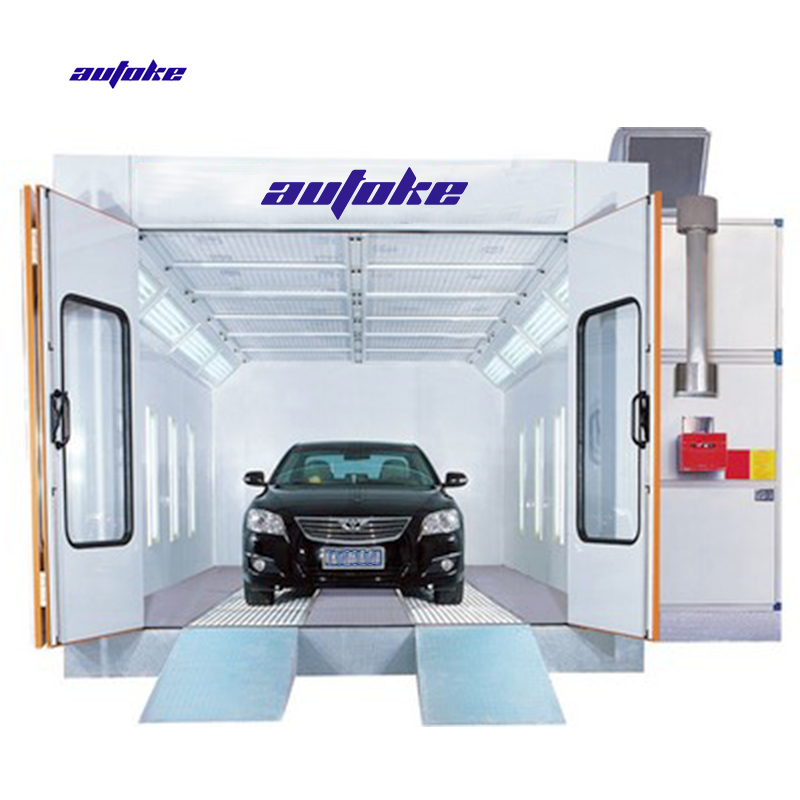When it comes to industrial processes, plate heat exchangers (PHEs) play a crucial role in efficiently transferring heat between two fluids. However, like any mechanical component, they have a finite lifespan and may require replacement due to wear and tear, fouling, or damage. Understanding the costs associated with replacing a plate heat exchanger is essential for facility managers and engineers to budget effectively and ensure operational efficiency. This article delves into the various factors influencing the cost of replacement, providing a detailed breakdown to help you make informed decisions.
Understanding Plate Heat Exchangers
Before we dive into the costs, it’s important to understand what a plate heat exchanger is and its function. A PHE consists of multiple thin plates that create channels for two fluids to flow through, allowing heat transfer without mixing the fluids. Their compact design and high efficiency make them popular in various industries, including food processing, chemical manufacturing, and HVAC systems.
Factors Influencing Replacement Costs
- Type of Plate Heat Exchanger: The cost of replacing a plate heat exchanger can vary significantly based on the type. There are several designs, including gasketed, brazed, and welded plate heat exchangers. Gasketed models are generally less expensive to replace due to their modular design, which allows for easy maintenance and part replacement. In contrast, welded models tend to be more costly due to their complex construction and the need for specialized labor for installation.
- Size and Capacity: The size and capacity of the heat exchanger directly impact the cost. Larger units with higher thermal transfer capacities require more materials and labor, leading to increased costs. It’s essential to assess the specific requirements of your application to determine the appropriate size and capacity, as oversizing can lead to unnecessary expenses.
- Material Selection: The materials used in the construction of the heat exchanger also play a significant role in the overall cost. Common materials include stainless steel, titanium, and nickel alloys, each with varying price points. While stainless steel is often the most economical choice, it may not be suitable for all applications, particularly those involving corrosive fluids. Investing in higher-quality materials can lead to longer service life and reduced maintenance costs in the long run.
- Labor Costs: Labor costs can vary based on geographic location and the complexity of the installation. Skilled technicians are required to ensure proper installation and alignment, which can add to the overall expense. Additionally, if the replacement requires modifications to existing piping or systems, this can further increase labor costs.
- Downtime and Production Loss: One of the often-overlooked costs associated with replacing a plate heat exchanger is the potential downtime of your operations. Depending on the complexity of the replacement, production may be halted for several hours or even days. Calculating the cost of lost production can provide a clearer picture of the total expense involved in the replacement process.
Average Cost Estimates
While the costs can vary widely based on the factors mentioned above, a rough estimate for replacing a plate heat exchanger can range from $3,000 to $15,000. This estimate typically includes the cost of the unit itself, labor, and any necessary modifications. For larger or more specialized units, costs can exceed $20,000.
Cost-Saving Strategies
- Regular Maintenance: Implementing a regular maintenance schedule can extend the life of your plate heat exchanger and delay the need for replacement. Routine inspections and cleaning can prevent fouling and reduce wear.
- Invest in Quality: While it may be tempting to opt for the cheapest option, investing in high-quality materials and reputable manufacturers can lead to lower long-term costs due to reduced maintenance and replacement frequency.
- Plan for Replacement: If you anticipate needing to replace your heat exchanger, planning ahead can help mitigate costs. Budgeting for replacement and scheduling it during planned downtime can minimize production losses.
Conclusion
Replacing a plate heat exchanger is a significant investment that requires careful consideration of various factors, including type, size, materials, labor, and potential downtime. By understanding these elements and planning accordingly, facility managers can make informed decisions that balance cost with operational efficiency. Regular maintenance and strategic planning can further enhance the longevity of your heat exchangers, ultimately leading to more sustainable operations.
